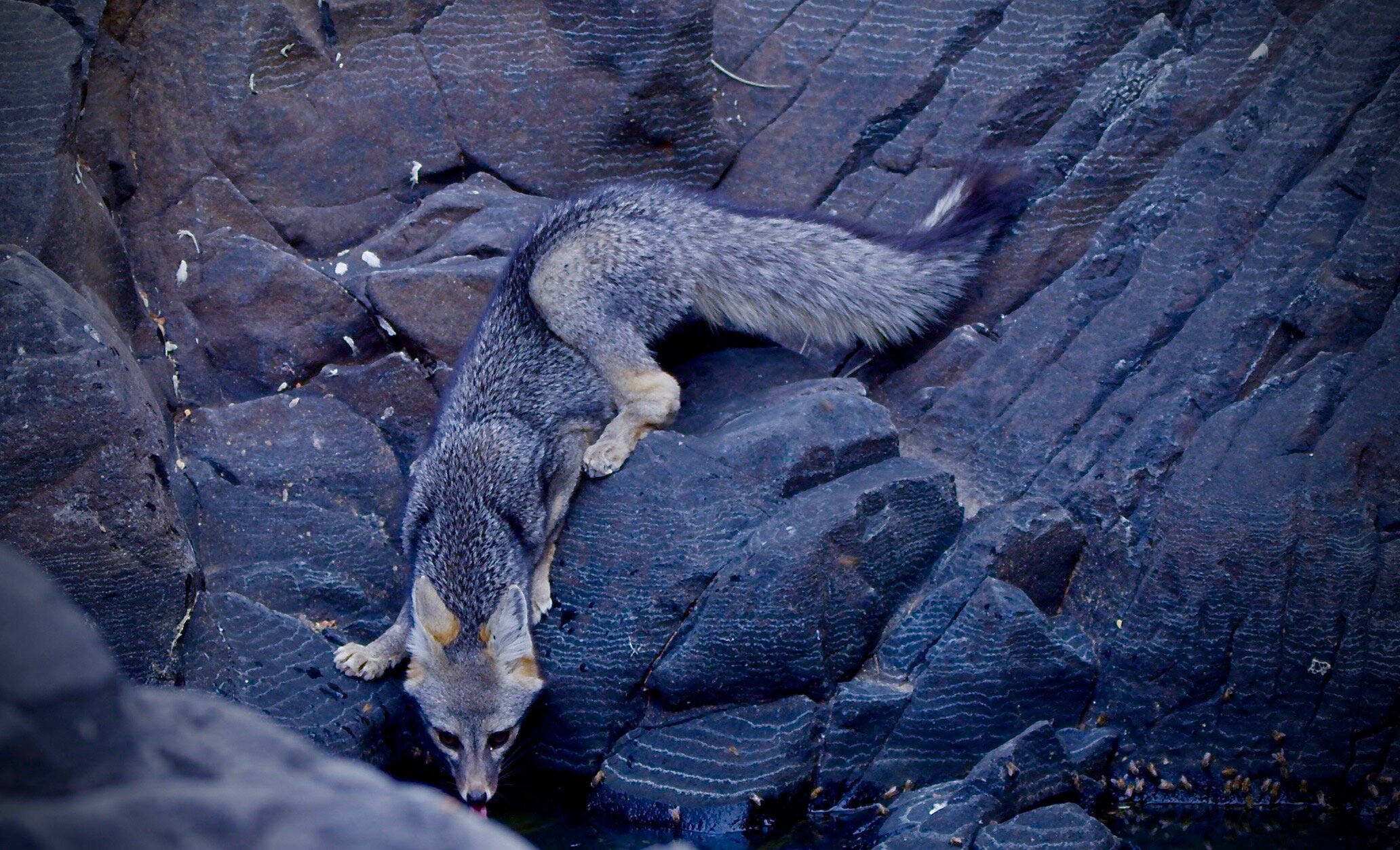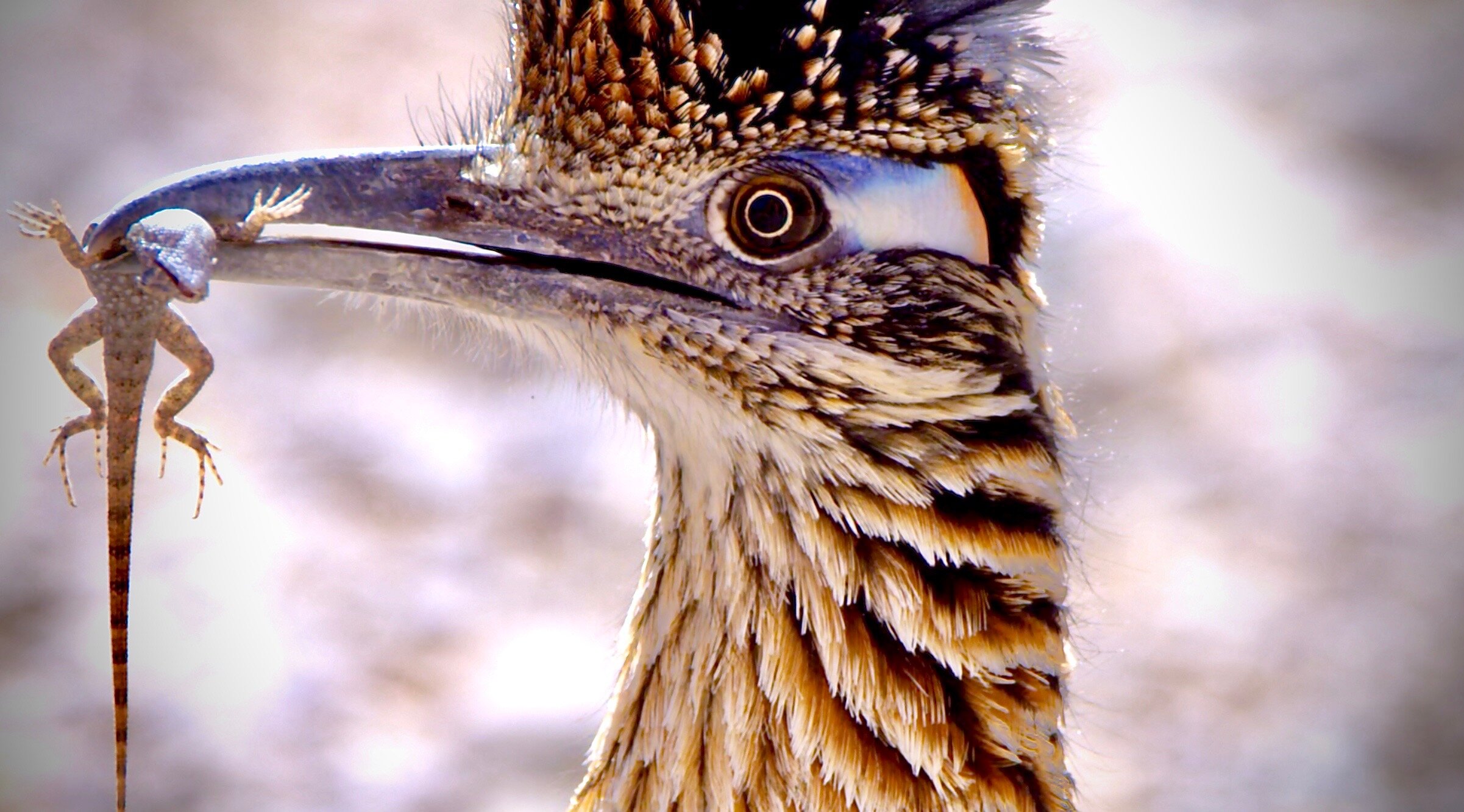Wildlife Rescue Network
If you were not an outdoors person before Loreto won your heart, it is probably the wildlife of the area that inspires you to be in Nature now. For most of us, the magic of a dolphin visit to our boat, or the pleasure of an unfamiliar bird song, is a big reason we live here and why Baja volunteers formed a wildlife assistance network in 2018. Core volunteers can be counted upon to drop everything just to help wildlife at a moment’s notice. (Thank you, Gloria, Catherine Vaughan and Fauna Tomlinson.)




In only the most recent year, the network participants have rescued a yellow-footed seagull, a whiptail snake, a spiny thorn lizard, a female land crab (so big!), tarantulas, a double-crested cormorant, a babisuri (ringtailed cat), and a red-tailed fox. We have helped ranchers with small felines and have supported Marine Park staff in learning how to remove sea lions entangled in fish nets. For more privileged views of Baja Sur’s “wild things,” click here or on the image below for work by exceptional videographer Erik Stevens.
These days, we are accommodating, as a guest, an adult female Zone-tailed Hawk (Buteo albonotatus) that was found in the streets of Loreto and could not fly. She was taken to the Marine Park and with instruction of PROFEPA (enforcing arm of environmental protection agency of Mexico), the park staff brought it to our network members. (As does PROFEPA, Mariana Salgado from the Marine Park of Loreto does a lot with few resources, and we are forever grateful.)
Rebecca Kobelkowskey from La Paz has been extremely useful, giving us instruction for care. (She is an amazing wildlife vet - we are so lucky to have her!). Veterinarian Juan Cortes, Jr. did the x-rays and got the medication. Martin Ayon furnished the materials from his hardware store to build her a large enclosure so she can regain her strength while she waits for surgery. Notice in her x-rays she has her left wing broken in two places.









This species is prominent in the northwest part of Mexico, on both sides of the Gulf of California. It will hunt small mammals and reptiles. A mating pair does figure-8 acrobatics to meet up—“love in the air." Both male and female help to create the nest for up to three eggs each season. We hope this one has not left an unattended nest. We will focus on getting her strong so she can be released soon and be back in the skies of the peninsula.
We all hope that pet owners living in the area will support our efforts by “buying local,” especially by supporting veterinarian Juan Cortes, Jr., who has done unpaid spaying and neutering clinics for dogs/cats all this summer. Buying local makes a world of difference for all those family businesses and services that invest in our community.